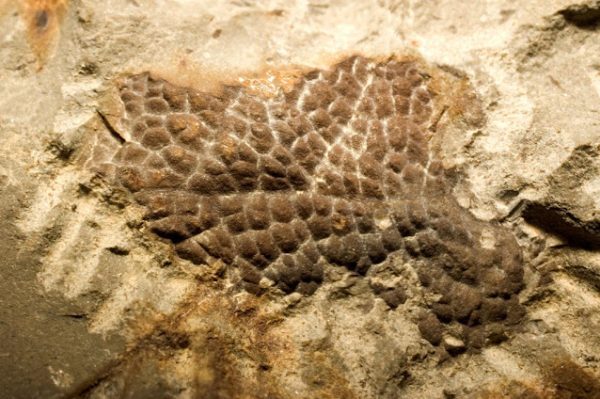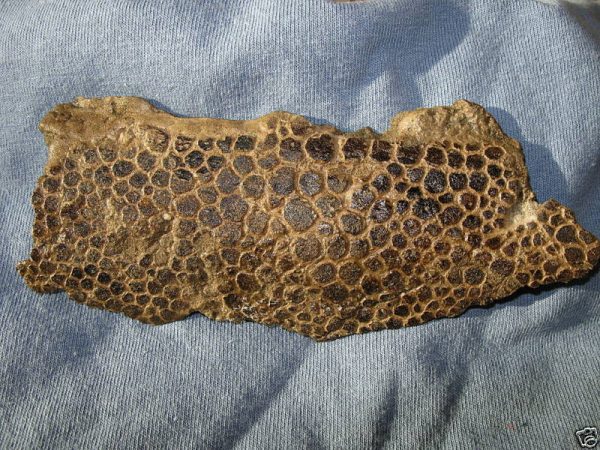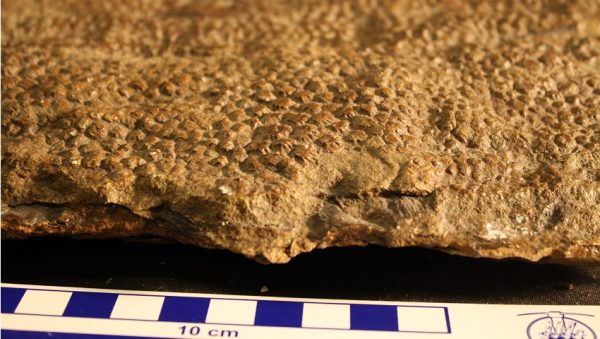The recent discovery of fossilized skin samples from the neck of a Tyrannosaurus rex has stirred up the age-old debate on whether the mighty T. rex was covered in scales or feathers. In a surprising twist, the findings suggest that T. rex and its relatives were indeed scaly creatures, debunking the popular notion of feathered tyrant chickens.

The study, led by paleontologist Phil R. Bell from the University of New England in Australia, conclusively confirms that T. rex had scaly skin. This revelation challenges the prevalent depiction of dinosaurs, particularly T. rex, with a feathery appearance in popular culture and scientific illustrations.

Over the years, the image of dinosaurs has evolved significantly, with earlier portrayals showing T. rex as a bumpy-skinned reptilian creature standing upright, to more recent interpretations featuring feathered dinosaurs based on fossil evidence from related species. The shift towards depicting feathered dinosaurs reached its peak with concepts of a fluffy T. rex, sparking fascination and speculation among researchers and enthusiasts alike.

However, the discovery of scaly skin on T. rex and its relatives sheds light on the diversity of dinosaur appearances and challenges the assumption that feathered dinosaurs were the norm. While some earlier tyrannosaur relatives like Dilong and Yutyrannus had feathers, the new study suggests that T. rex likely had a limited or absent feather covering, with scales dominating its skin texture.

One intriguing aspect highlighted by the researchers is the potential impact of gigantism on T. rex’s lack of feathers. The sheer size of T. rex, comparable to that of a city bus, may have posed challenges in regulating body temperature, making a full coat of feathers less favorable in warmer climates. This hypothesis aligns with observations in modern-day large mammals, where animals like elephants have minimal fur compared to smaller counterparts for efficient heat dissipation.

Despite the prevailing theories, the presence of feathered tyrannosaurs like Yutyrannus complicates the narrative, indicating that factors beyond size and climate may have influenced the evolution of feather coverings in dinosaurs. The habitat preference of Yutyrannus in forested areas, as opposed to open landscapes, raises questions about how environmental factors could have shaped feather development in different species of tyrannosaurs.

In conclusion, the study on T. rex skin fossils provides valuable insights into the complex interplay of size, environment, and evolutionary adaptations in dinosaurs. While the debate between scales and feathers continues to fascinate paleontologists and dinosaur enthusiasts, the discovery underscores the rich diversity of ancient creatures that once roamed the Earth, each with its unique characteristics and adaptations.





